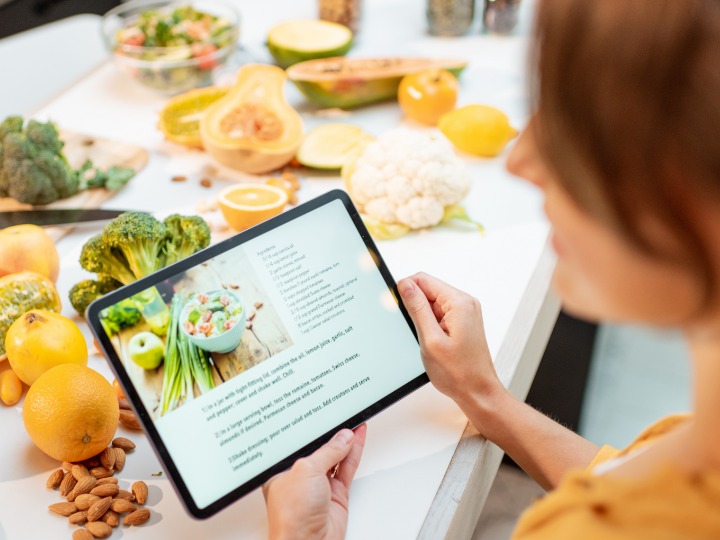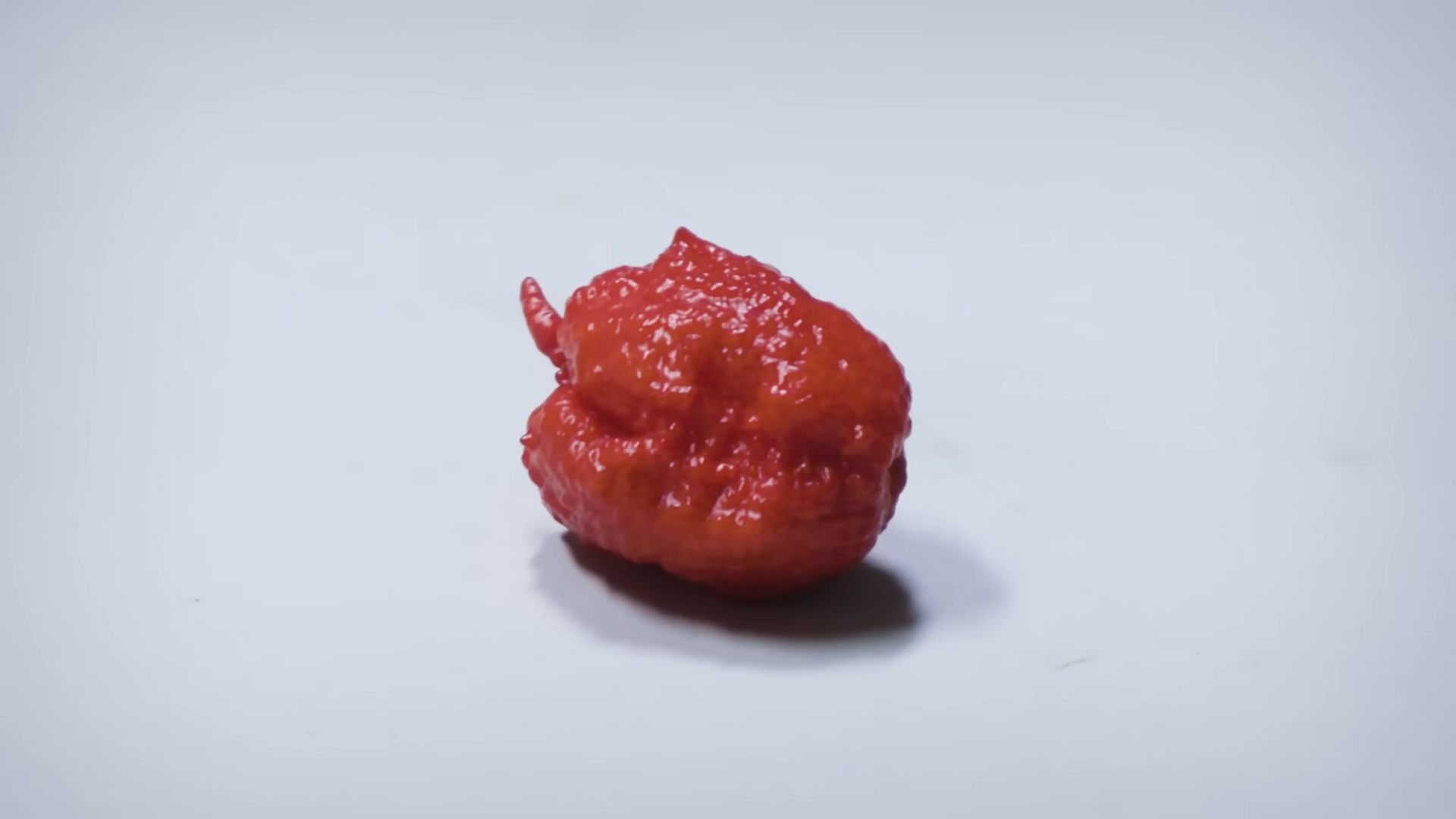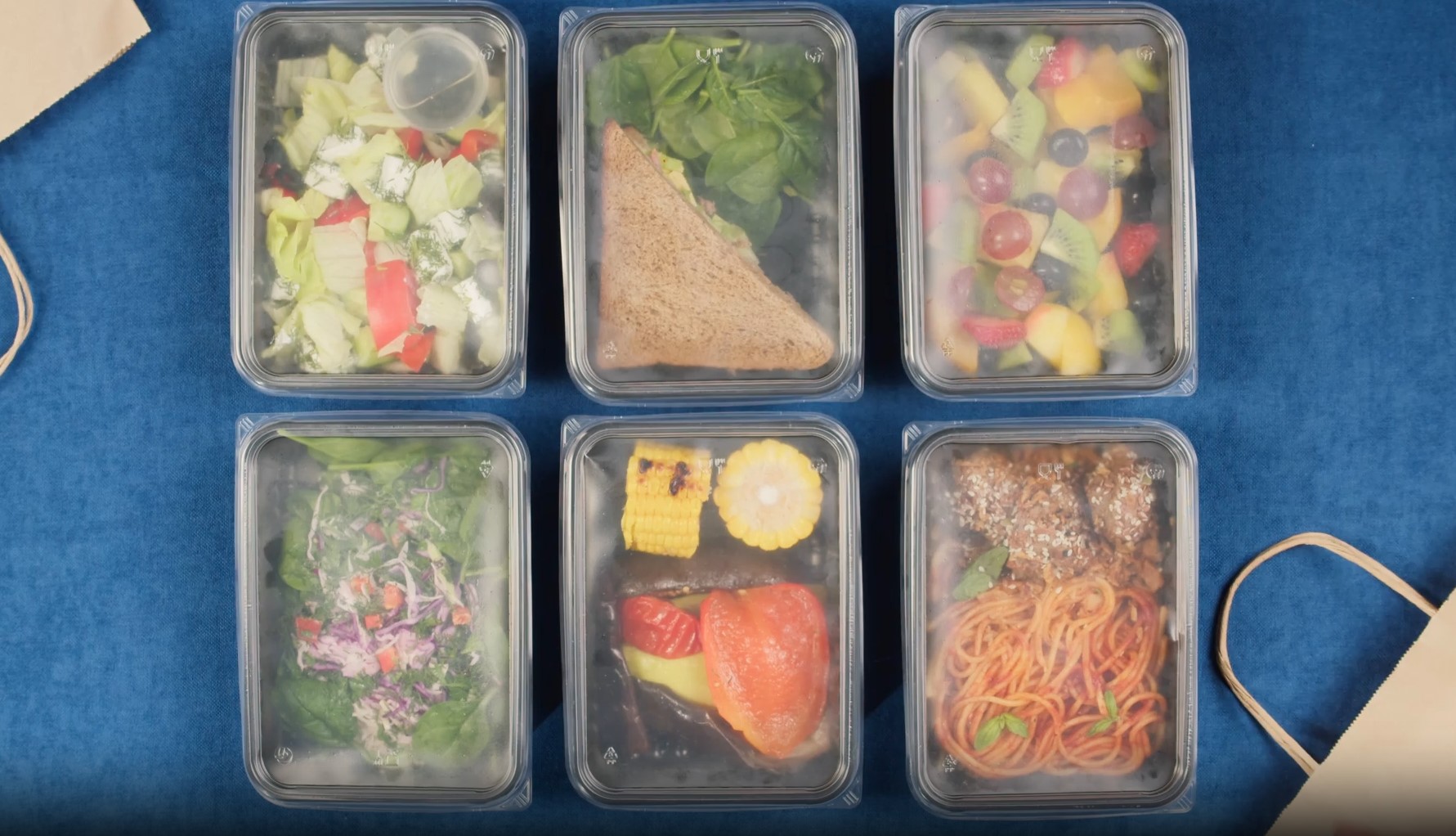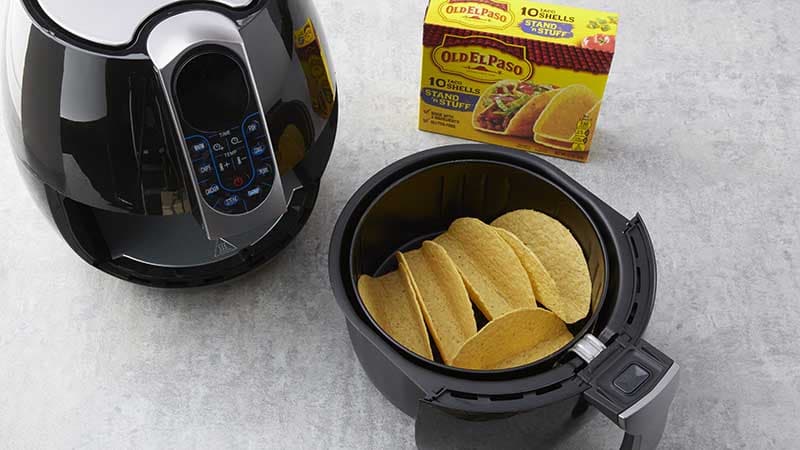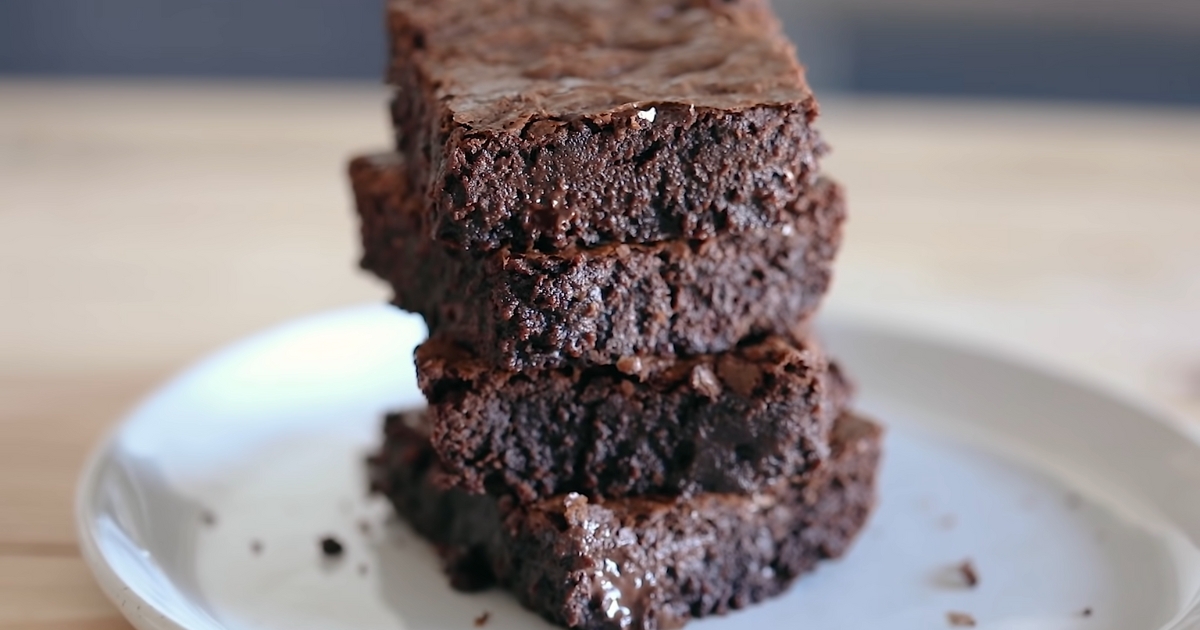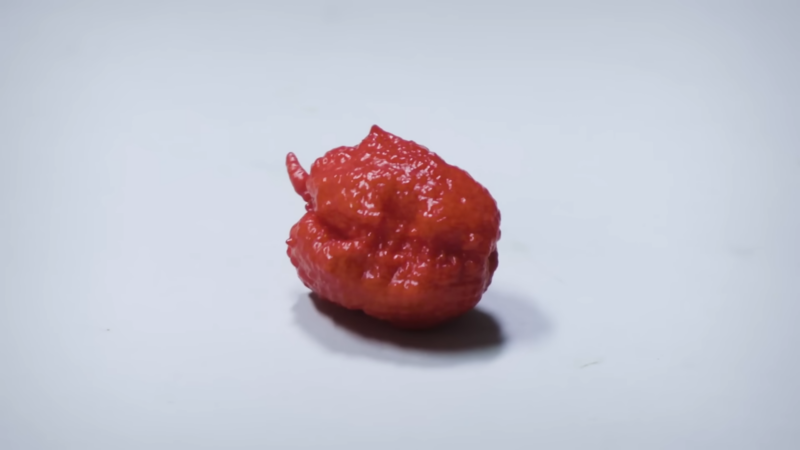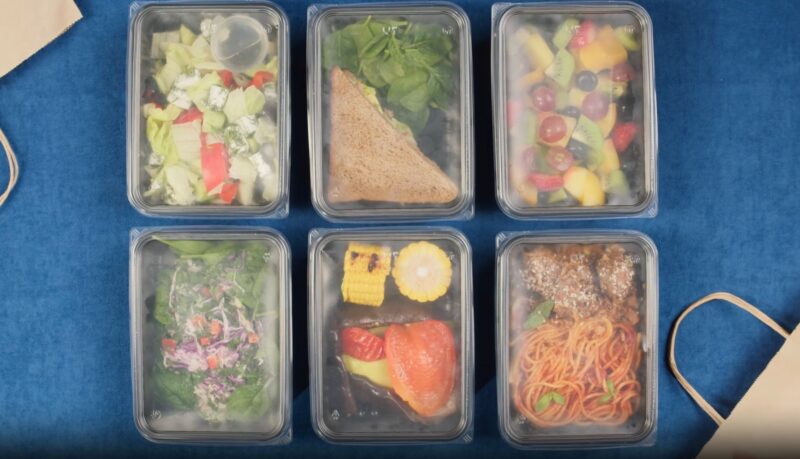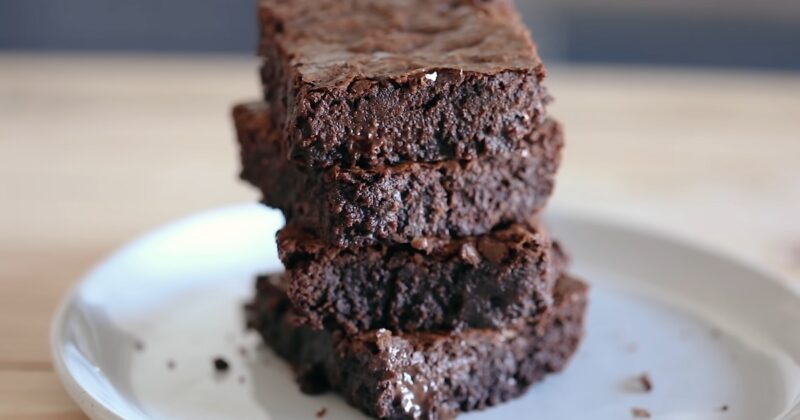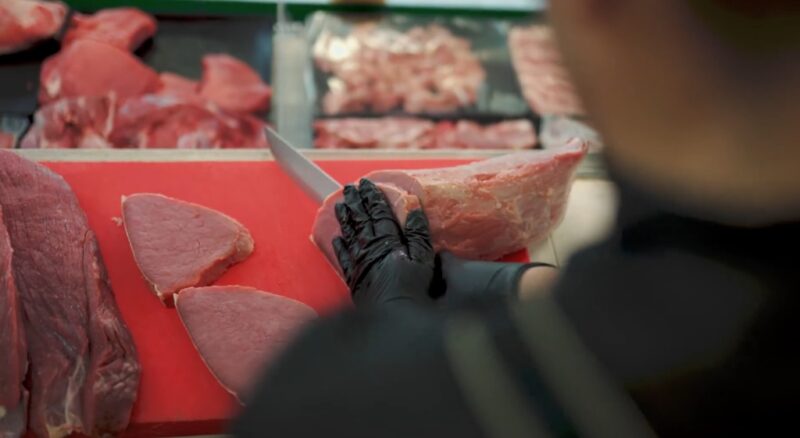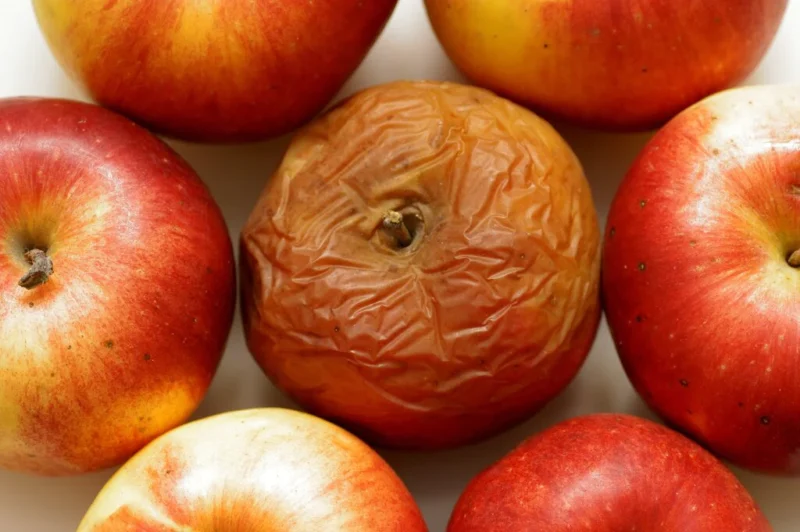
Apples, with their crisp texture and sweet-tart flavor, are a favorite fruit for many. But there’s one thing that can quickly diminish their appeal: the browning that occurs after they’re cut. It happens so quickly it’s actually annoying.
This phenomenon, while natural, can be off-putting, especially if you’re preparing apples for a dish or snack to be eaten later. In this guide, we’ll explore the science behind apple browning and, more importantly, how to prevent it.
Whether you’re a chef, a parent packing school lunches, or just an apple enthusiast, trust me, this article can help you!
How to Prevent This?
We want to share a few methods that are tried and tested, ensuring your apples remain as fresh-looking as when you first cut them.
| Method | Procedure | Pros | Cons |
|---|---|---|---|
| Citrus Juice | Dip or brush apple slices with lemon, lime, or orange juice. | Natural and adds a tangy flavor. | Can alter the taste of the apple. |
| Honey Water | Mix two tablespoons of honey with one cup of water and soak apple slices for 30 seconds. | Honey slows down the oxidation process and adds a sweet flavor. | Can make the apples a bit sticky. |
| Saltwater | Dissolve half a teaspoon of salt in one cup of water. Soak apple slices for a few minutes, then rinse off. | Effective in preventing browning. | If not rinsed properly, can leave a salty taste. |
| Cold Water | Submerge the apple slices in cold water. | Maintains the natural flavor of the apple. | Less effective than other methods over longer periods. |
| Vitamin C Solution | Crush a vitamin C tablet and dissolve it in water. Dip apple slices in the solution. | Acts as a natural antioxidant and doesn’t alter the apple’s flavor significantly. | Requires having vitamin C tablets on hand. |
| Club Soda | Soak apple slices in club soda. | Doesn’t alter the flavor of the apple as much as citrus juices. | Less effective than some other methods. |
| Ascorbic Acid Mixes | Use commercially available fruit preservative powders, often based on ascorbic acid, mixed with water to soak apple slices. | Effective and designed specifically for preserving fruit. | Requires purchasing a commercial product. |
1. Use Acidic Solutions
One of the most popular methods to prevent apple browning is to use an acidic solution. Acids can slow down the enzymatic reaction responsible for browning.
By soaking apple slices in a mixture of water and lemon juice (about 1 tablespoon of lemon juice to 1 cup of water) for a few minutes, you can significantly reduce browning.
The citric acid in the lemon juice acts as a barrier, preventing the PPO enzyme from reacting with oxygen. Other acidic liquids, like pineapple juice or vinegar, can also be effective, though they might alter the apple’s taste.
2. Cold Water and Salt Method
Another effective method involves using cold water and salt. This method is especially useful if you’re preparing a large batch of apples. Dissolve half a teaspoon of salt in 4 cups of cold water.
Soak the apple slices in this solution for about 10 minutes. After soaking, rinse the apples in fresh water to remove any salty taste. The saltwater reduces the activation of the PPO enzyme, keeping your apples looking fresh.
Advanced Techniques for Apple Preservation
Beyond the basic methods, there are some advanced techniques that can be employed, especially if you’re looking to store apples for an extended period or if you’re keen on maintaining the apple’s natural flavor.
1. Vacuum Sealing
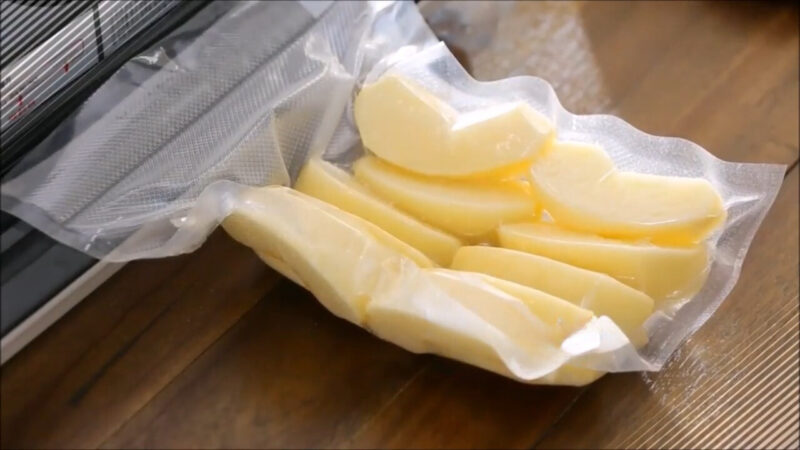
Vacuum sealing is a method that involves removing air (and thus oxygen) from a package before sealing it. This can be particularly effective for apples.
By vacuum sealing apple slices, you’re depriving the PPO enzyme of the oxygen it needs to cause browning. This method can keep apples fresh for longer periods, especially when combined with refrigeration.
However, it requires a vacuum sealing machine, which might not be readily available in every household.
2. Blanching
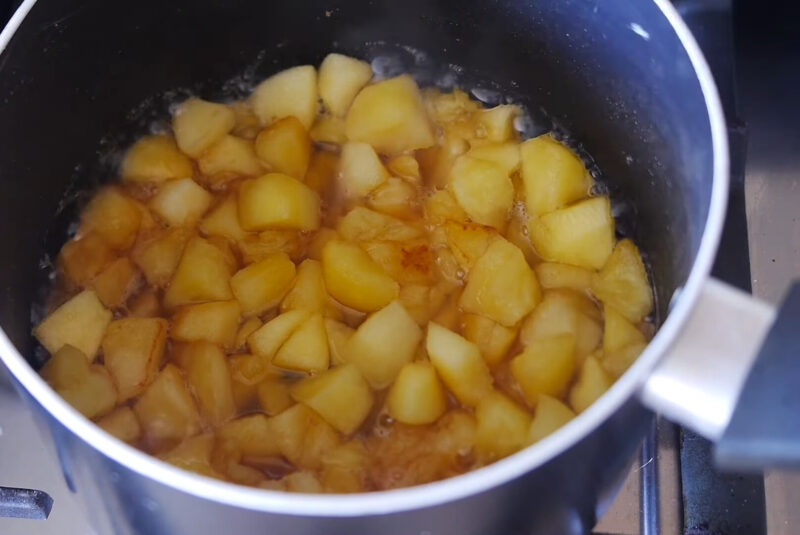
Blanching is a culinary technique where food is briefly immersed in boiling water and then immediately transferred to ice water. This process can be applied to apple slices to prevent browning.
By blanching apples for about 30 seconds, you can deactivate the PPO enzyme, halting the browning process. After blanching, ensure the apple slices are dried properly before storing to prevent them from becoming soggy.
Commercial Anti-Browning Products
If you’re not keen on DIY methods, there are commercial products available that can help keep apples from turning brown. These products are especially handy if you’re preparing apples for a large event or if you’re in the food business.
Fruit-Fresh and Other Preservatives
Fruit-Fresh is a popular commercial product that contains ascorbic acid (a form of vitamin C) and other preservatives to prevent browning. It’s typically available in powder form.
To use, simply sprinkle the powder over the cut apples or mix it with water to create a solution for soaking the apples. It not only prevents browning but also helps in retaining the fruit’s natural texture and flavor.
Edible Coatings
Edible coatings, made from ingredients like beeswax, carnauba wax, or various proteins, can provide a protective layer around apple slices, preventing exposure to oxygen.
These coatings are often used in the food industry to extend the shelf life of various fruits. When applied to apples, they can effectively reduce browning while also providing a glossy appearance.
However, they might slightly alter the texture of the apple slices.
How to Serve and Store the Fruit?
Once you’ve chosen your preferred method to prevent browning, it’s essential to know how to store your apples to maximize their freshness.
Serving Tips
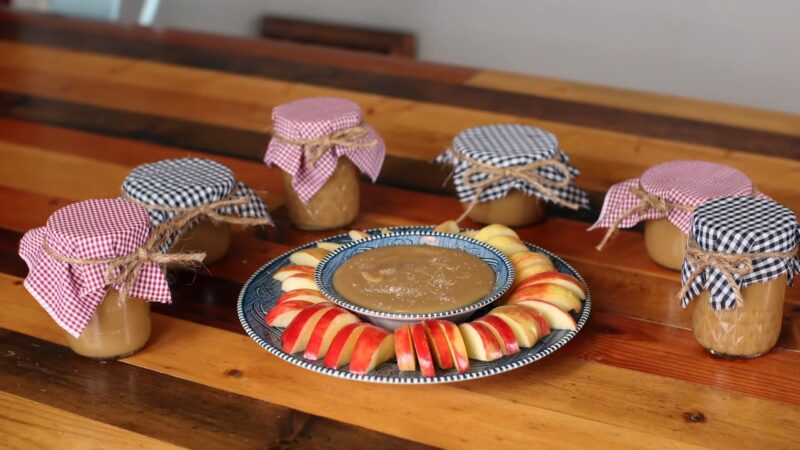
Presentation matters, especially when serving apples as part of a dish or snack. To ensure the best taste and appearance: Always cut apples last if they’re part of a larger recipe to minimize their exposure to air.
If using an acidic solution, try to balance the flavor by pairing it with sweet dips or ingredients. For instance, apples treated with lemon juice pair well with honey or caramel dips.
Storage Tips
Storing apples correctly can further extend their freshness: Always store treated apple slices in an airtight container to reduce exposure to oxygen. Refrigerate apple slices if you’re not consuming them immediately.
Cold temperatures slow down the enzymatic reaction, further preventing browning. In the upcoming sections, we’ll delve into some delicious apple-based recipes that make the most of these anti-browning techniques.
Plus, a closer look at the nutritional benefits of apples and why they’re worth the effort to preserve!
Apples – the Nutritional Powerhouse!
Beyond their delicious taste, apples are packed with nutrients which is why you should eat them regularly and tend to keep them fresh as long as possible.
| Nutrient | Details |
|---|---|
| Calories | 95 calories per medium apple |
| Fat | 0 gram |
| Protein | 1 gram |
| Carbohydrates | 25 grams |
| Sugar | 19 grams (naturally occurring) |
| Fiber | 3 grams |
| Vitamin C | Present – acts as an antioxidant that helps protect the body against free radicals |
| Phytochemicals | Contains quercetin, catechin, chlorogenic acid, and anthocyanin |
| Dietary Fiber (Pectin) | A type of soluble fiber that may help prevent constipation, lower LDL cholesterol, and is fermented by beneficial bacteria in the colon, potentially preventing certain chronic diseases. |
| Environmental Considerations | Apples may contain pesticide residues. It’s recommended to wash them thoroughly. The skin contains the majority of healthy phytochemicals and fiber, so it’s best not to remove it. Organic apples might have fewer pesticides. |
Vitamins and Minerals
Apples are a rich source of essential vitamins and minerals, particularly vitamin C and potassium. Vitamin C is an antioxidant that helps protect the body against free radicals.
It also plays a role in collagen production, wound healing, and the absorption of iron from plant-based foods. Potassium can help regulate blood pressure, reduce the risk of stroke, and support proper muscle and nerve function.
Dietary Fiber
One of the standout nutritional features of apples is their dietary fiber content, particularly soluble fiber called pectin. Dietary Fiber aids in digestion, helps maintain healthy blood sugar levels, and can lower cholesterol.
It also promotes a feeling of fullness, which can aid in weight management. Pectin has been linked to numerous health benefits, including improved gut health and a reduced risk of certain cancers.
Why does Browning happen?
The Role of Enzymes
Enzymes are proteins that speed up chemical reactions in living organisms. In apples, the enzyme responsible for browning is called polyphenol oxidase (PPO).
When an apple is cut or bruised, its cells are damaged, causing the PPO to come into contact with polyphenols, natural compounds in apples.
This contact results in a chemical reaction that produces melanin, a brown pigment. This is the same pigment responsible for the color of our skin, hair, and eyes.
The production of melanin in apples is a defense mechanism, protecting the fruit from further damage.
Oxygen’s Contribution
Oxygen plays a significant role in the browning process. The chemical reaction between PPO and polyphenols requires oxygen. When an apple is cut, the exposed flesh comes into contact with air, providing the necessary oxygen for the reaction.
This is why an apple doesn’t brown immediately after being cut. It takes a few minutes for the oxygen to penetrate the apple’s surface and react with the PPO and polyphenols. The longer the apple is exposed to air, the browner it will become.
Common Myths About Apple Browning
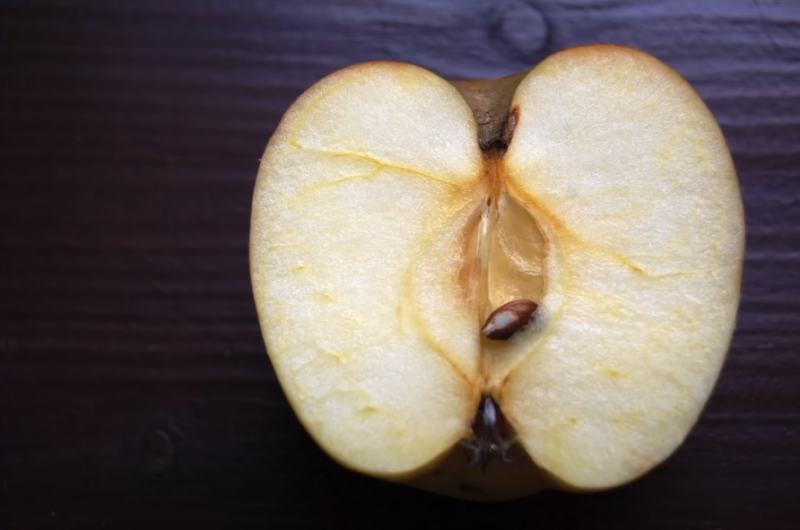
There’s a lot of information out there about preventing apple browning, but not all of it is accurate.
Browning Indicates Spoilage
Many people mistakenly believe that when an apple turns brown, it’s starting to spoil. This isn’t the case. Browning is a natural enzymatic reaction and doesn’t indicate that the apple is going bad.
While the appearance and texture might change slightly, the nutritional value remains largely unaffected. However, if the apple starts to feel mushy or has an off smell, it’s best to discard it.
All Apples Brown at the Same Rate
Not all apples are created equal, especially when it comes to browning. Some varieties are more prone to browning than others. For instance, Granny Smith and Red Delicious apples tend to brown faster than varieties like Fuji or Gala.
This is due to differences in their polyphenol content. If you’re looking to prepare apples in advance, it might be worth considering the variety you’re using.
FAQs:
Can I eat the apple slices immediately after treating them?
Yes, you can eat them immediately. However, if you’ve used salt water, rinse the slices first to remove any salty taste.
Do these methods change the nutritional value of the fruit?
No, these methods are meant to preserve the appearance and taste of the apple without affecting its nutritional value.
How long will these methods extend the freshness?
These methods will offer an additional hour or two before discoloration begins.
Is there a way to prevent apples from turning brown forever?
No absolute way exists, but the mentioned methods can significantly delay the browning process.
Does using juice impart flavor onto the fruit?
Yes, the juice will impart a little bit of flavor onto the apple.
Final Thoughts
Preserving the fresh appearance of apples after they’ve been cut is a common concern, especially when preparing dishes that showcase their vibrant color or when packing them for snacks.
Through various methods, such as using acidic solutions like lemon juice, employing the antioxidant properties of honey, or simply storing them in an airtight environment, the browning process can be significantly slowed.
By understanding the enzymatic browning process and employing these preventative measures, you can easily maintain the visual appeal and freshness of cut apples, ensuring they remain appetizing and attractive for consumption.
Related Posts:
- What Is The Best Method To Freeze Carrot Raw Or…
- Can You Freeze Scrambled Eggs? Discover How to Do It
- 10 Best Dipping Sauces for Grilled Meat - Discover…
- What Goes with Cornbread and Makes it Tastier? -…
- Alton Brown Quiche That Is Best For All Occasions -…
- Top 10 Best Magnetic Knife Holder 2023 - Keep Your…

